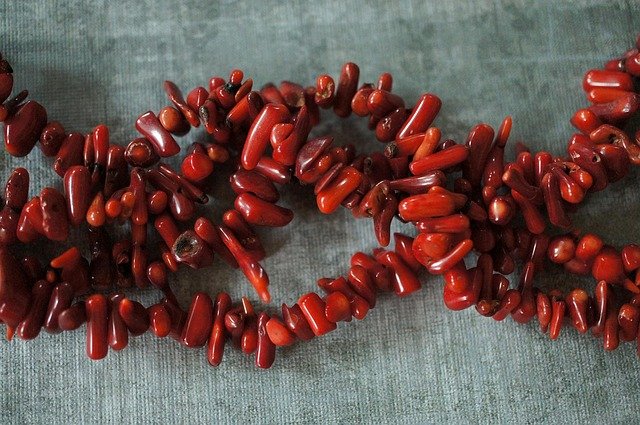Choosing Hypoallergenic Materials for Sensitive Skin
Sensitive skin can react to metals, coatings, or adhesives commonly used in wristwear. Choosing hypoallergenic materials for wristbands and jewelry reduces irritation while keeping style. This article explains common triggers, material alternatives such as silver or gold alloys, and practical tips for beaded, charm, handmade, custom, engraved, sustainable, artisan, minimalist and adjustable pieces to help you make informed styling decisions.

This article is for informational purposes only and should not be considered medical advice. Please consult a qualified healthcare professional for personalized guidance and treatment.
How do wristwear and wristbands affect sensitive skin?
Wristwear and wristbands sit in constant contact with a small area of skin, so metals, clasps, and plating can cause redness, itching, or rashes for some people. Nickel is a common irritant in lower-cost alloys, while certain finishes or adhesives used in leather or fabric wristbands may also trigger reactions. Proper cleaning, choosing materials with lower allergen potential, and rotating pieces to avoid prolonged exposure can reduce issues. Pay attention to how your skin responds over several hours rather than judging immediately.
Are silver and gold hypoallergenic choices?
Silver and gold each have pros and cons. High-purity gold (18K and above) and sterling silver are often better tolerated than base metals, but some people react to copper or nickel alloys used in lower-purity items. White gold is frequently plated with rhodium to reduce reactions, while vermeil (gold over sterling silver) can offer an option with less nickel content. When considering silver or gold jewelry, check alloy composition and ask whether pieces are nickel-free or rhodium-plated.
What about beaded, charms, and handmade pieces?
Beaded and charm jewelry can be gentler when beads are made from glass, ceramic, wood, or natural stones that don’t contain reactive metals. Handmade artisan pieces often offer the advantage of ingredient transparency: makers can list materials like stainless steel findings, surgical-grade components, or natural cord. However, charm attachments and jump rings are points of contact where metal allergies may occur, so request or substitute hypoallergenic findings on handmade items when possible.
Can custom and engraved wristwear reduce reactions?
Custom and engraved pieces let you choose base materials and finishes, which helps avoid known triggers. Opting for fully metal-free bands (leather alternatives, fabric, silicone) or specifying surgical stainless steel, titanium, or platinum for plates and clasps reduces risk. Engraving itself doesn’t change allergenicity, but the process can expose inner alloys if plating wears off—ask jewelers about solid vs. plated options and durable finishes for engraved pieces to maintain hypoallergenic performance over time.
How do sustainable and artisan materials compare?
Sustainable and artisan sources often emphasize traceability, which helps identify whether recycled metals or alternative materials include nickel or other allergens. Materials like titanium, niobium, or medical-grade stainless steel are commonly used by eco-conscious makers and are noted for low reactivity. Natural fibers, cork, and plant-based leathers can be a good fit for those avoiding metals entirely. Verify certifications or maker notes about metal purity and ask about post-production coatings that might contain allergens.
How to choose minimalist and adjustable styling?
Minimalist designs reduce skin coverage and contact points, which can lower the chance of irritation. Adjustable pieces that use sliding knots, fabric buckles, or hypoallergenic clasps let you change how the item sits on the skin to avoid pressure and moisture buildup—both can aggravate sensitive skin. For minimalist metal bands, choose narrow profiles made of titanium or platinum and avoid long-term tight wear. When styling, layer thoughtfully so reactive pieces are separated from immediate skin contact.
Conclusion Choosing hypoallergenic materials for sensitive skin involves understanding common allergens, reading material specifications, and preferring higher-purity metals or nonmetal alternatives. Silver and gold can work well when alloy composition and plating are appropriate; titanium, niobium, platinum, and certain stainless steels are reliable low-reactivity metals. For beaded, charms, handmade, custom, engraved, sustainable, artisan, minimalist, or adjustable pieces, communication with makers and attention to clasps and findings helps reduce risk and maintain styling flexibility without compromising skin comfort.




